CodeCademy and Pluralsight and Linkedin Learning
At least 50% off from FlexSub
Subscribe Now
By 2030, there could be up to 45 million developers working globally. More than 1.7 billion websites have been created since the first went live in 1991, with many of them utilising web frameworks.
Web frameworks make website development easier by providing templates for common website features. In this guide, we'll look at what frameworks can do and why they're useful for web developers. The 11 most popular web frameworks are then discussed.
What Is a Web Framework?
Web frameworks are pre-built sections of code that allow computer programmers to quickly insert some of the most common website and application development components. These frameworks may cover functions, forms, menus, and security, allowing developers to focus on making their creations unique.
While frameworks remove some of the personalisation from development, they do allow developers to insert a foundation on which to build and then customise where it matters the most. Frameworks can assist in the management of back-end elements such as web server communication, mail, authentication, and passwords. They could also concentrate on front-end presentation and user interface.
Why Is a Web Framework Needed?
The most popular web frameworks save time by handling rudimentary tasks and functions, eliminating the need for the developer to code everything from scratch. They also aid in the creation of a direction for developers to follow in order to stay organised.
Web frameworks standardise the code format and approach in a collaborative environment, allowing multiple people to work from the same foundation. This frees up team members to concentrate on the aspects of the application in which they excel, such as design, plugins, and maintenance.
11 Most Popular Web Frameworks
Every year, new frameworks are introduced, and old frameworks are phased out. The best option is determined by the developer or designer and their specific project requirements, but the list below examines some of the most popular web frameworks.
Angular
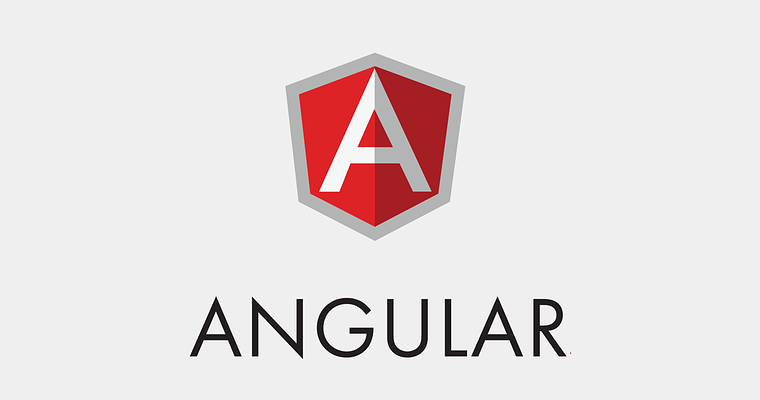
Angular is a front-end web framework that specialises in single-page applications. It is built with HTML and TypeScript. The readability of the code also makes testing and code review easier and faster.
Angular is a web framework that is free and open source. Users can be confident that Angular will receive long-term support and future versions because it was created by Google.
ASP.NET Core
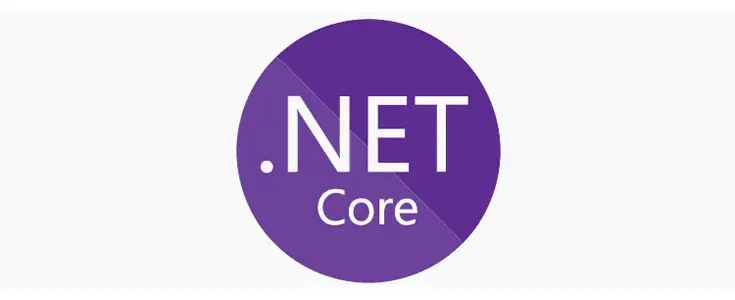
Microsoft's ASP.NET Core supports multiple programming languages and can help developers create a variety of applications. Cross-platform compatibility is built into the framework, allowing collaborating developers to use different operating systems for the same project.
Because forms, submission, and authentication are all covered by the framework, using ASP.NET Core can result in significantly less code writing. In the long run, this can keep the development cleaner, more manageable, and more secure.
Django
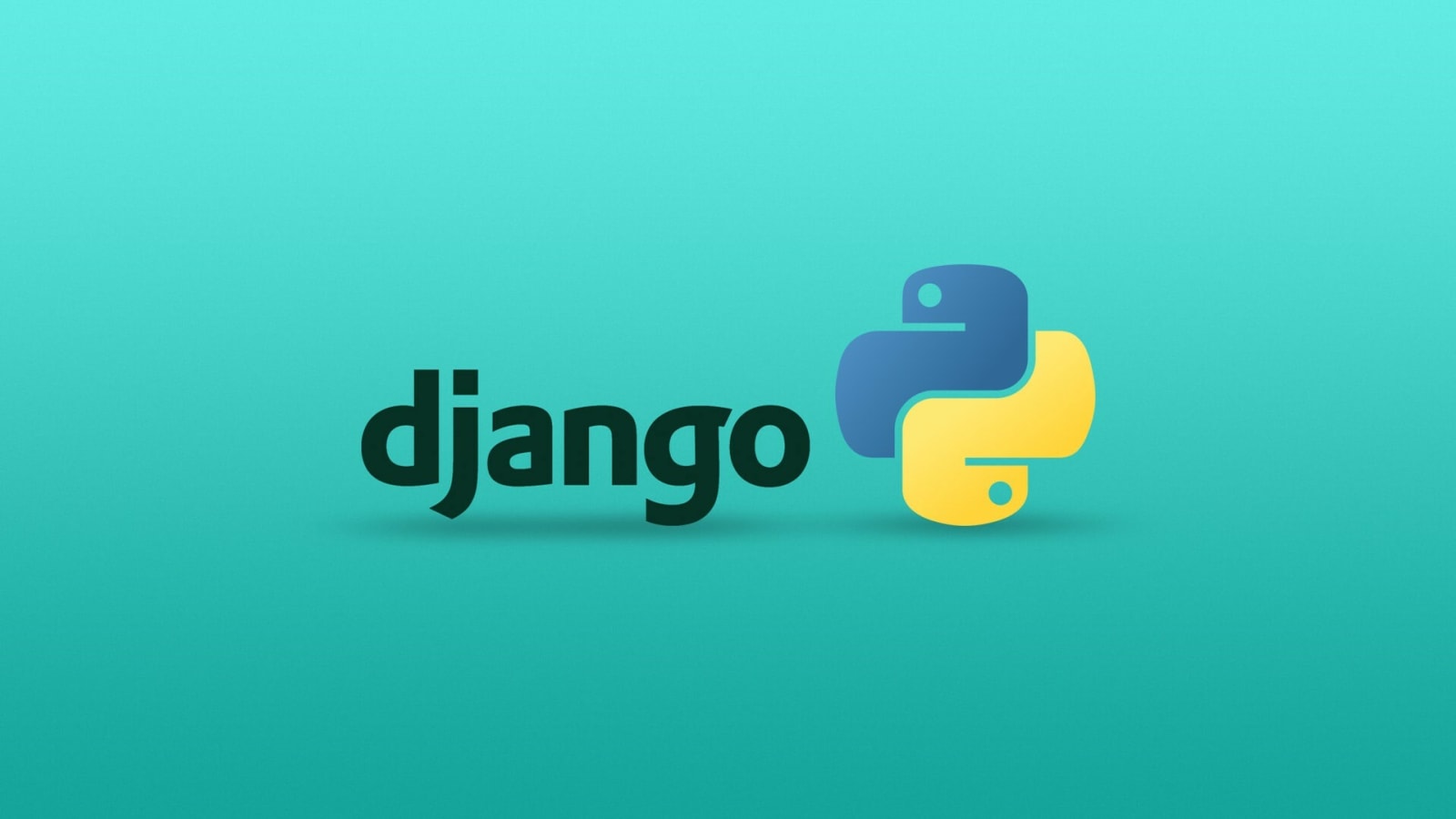
Django is an open-source back-end web framework for use with Python. Django was built with Python, a good beginner programming language, so both new and experienced web developers can quickly learn how to use it.
Django includes everything that most developers require to create applications, including security, which is handled automatically. Django can run on a variety of platforms and support the addition of multiple components without interfering.
Express
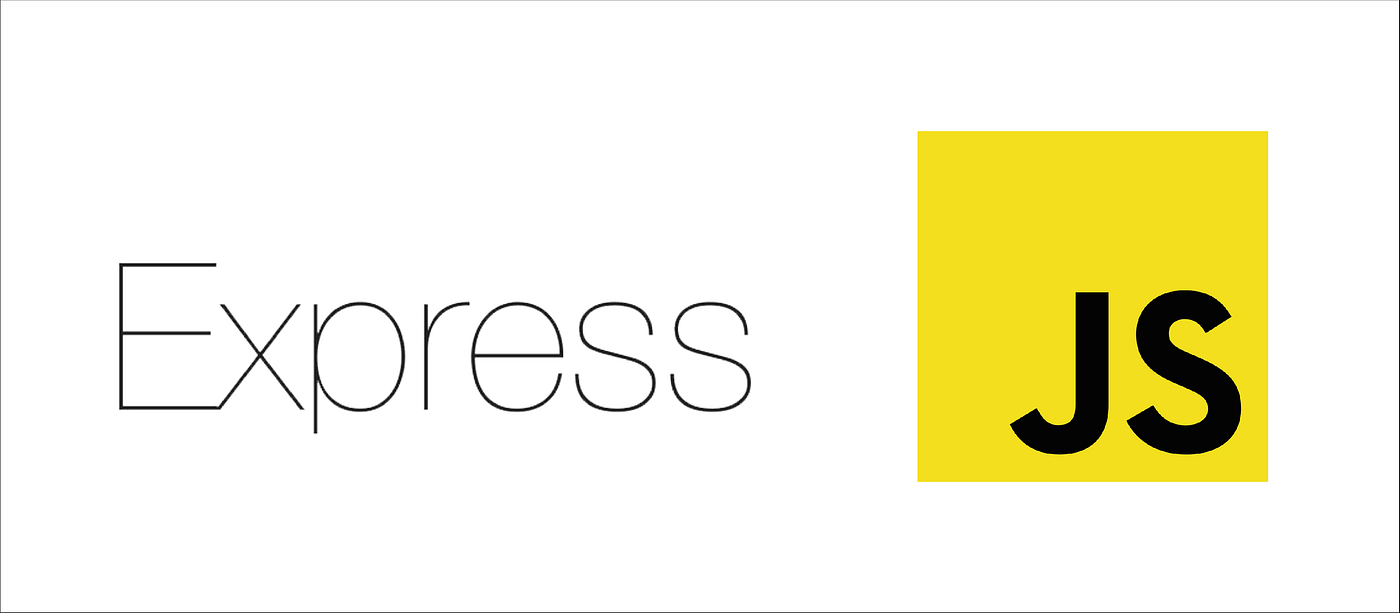
Express is a minimal back-end framework for the Node.js runtime environment that uses shorter lines of code to simplify development. Express is free and open-source, and it makes use of JavaScript. Express can generate APIs as well as single- and multi-page applications in a simple and organised manner.
Express's development tools are intuitive and simple to use for newer or inexperienced developers. While developers can customise their applications, the framework includes many pre-built functions and engine templates to help them get started faster.
jQuery
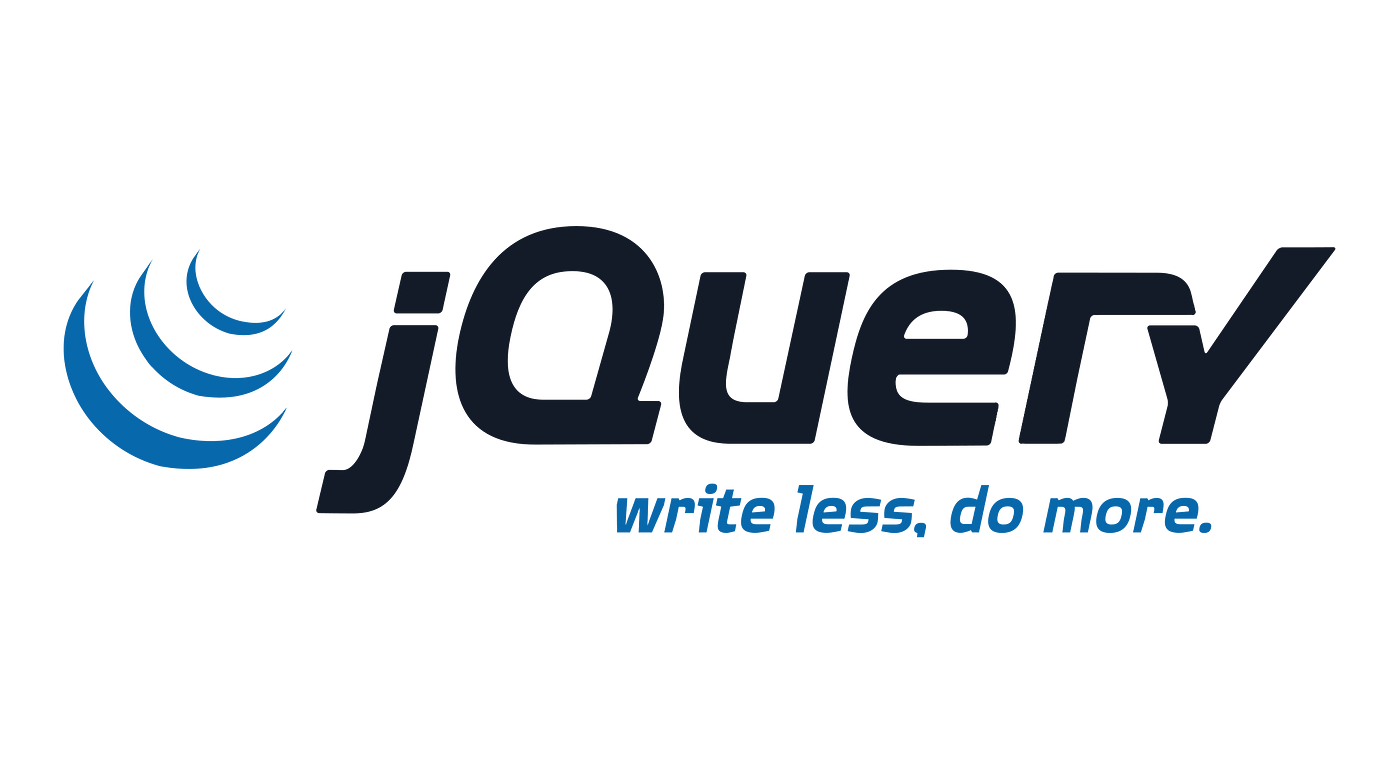
jQuery makes it easier for developers to use JavaScript and document object model (DOM) manipulations. The open-source and tried-and-true library reduces the amount of code required to manage animations, APIs, and event handling across multiple browsers. For leaner and lighter development, this framework can reduce complex operations and functions to single lines of code.
jQuery can also help with search engine optimisation and interactivity on a website. jQuery can be used to improve and maintain various components of websites and applications that use older code without having to redo the entire application.
Laravel
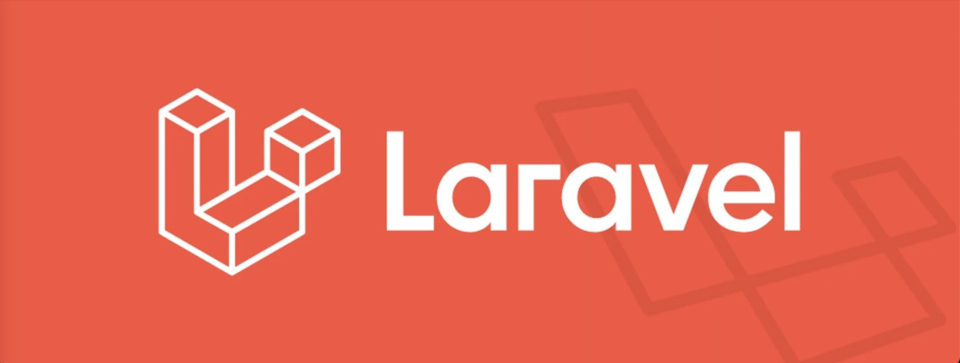
Laravel is a PHP framework that enables the rapid development of applications for projects of all sizes and types. This framework assists developers in creating more manageable and simple code structures while maintaining functionality.
The framework provides powerful app testing and customization features, as well as the ability to reduce time spent fixing coding errors. Laravel also includes built-in security features such as password storage and encryption.
Node.js

Node.js is a free and open-source server environment that uses JavaScript to generate dynamic page content on a variety of platforms. This framework is ideal for multi-user communication apps such as social media, multiplayer games, and chat apps because it can manage multiple connections at the same time.
Node.js supports two-way communication and push capabilities. Developers can spend less time on development overall because it has a lower learning curve than other frameworks.
React

React is an open-source front-end web framework that specialises in the development of mobile and single-page applications. The extensive user interface library includes a dependable support system, extensive resources, and a massive component library. Third-party developer tools and plugins are also available to developers.
React enables developers to save time in a variety of ways, including through the use of reusable code and virtual DOM. This system tests proposed changes and determines the most effective way to implement them ahead of time, avoiding potential errors and performance degradations.
Ruby on Rails

Ruby on Rails, best known for its back-end capabilities, is an open-source full-stack framework that works well for both startups and large corporations. Ruby on Rails can significantly reduce development time by providing access to a large number of plugins and third-party libraries.
Web developers can take advantage of a robust and active Ruby on Rails community that collaborates to debug and patch issues. In addition, the community identifies performance issues and inefficiencies in the code.
Ruby on Rails allows for simple modifications and scalability, making it an excellent choice for long-term projects. It also includes default security settings to aid in the security of your web application.
Spring

Spring is a Java-based open-source framework that excels at enterprise application development and is highly scalable.
Spring's modular approach divides an application's various functions into self-contained, more manageable chunks. Spring can integrate with other frameworks to improve problem-solving capabilities for larger challenges.
Vue.js
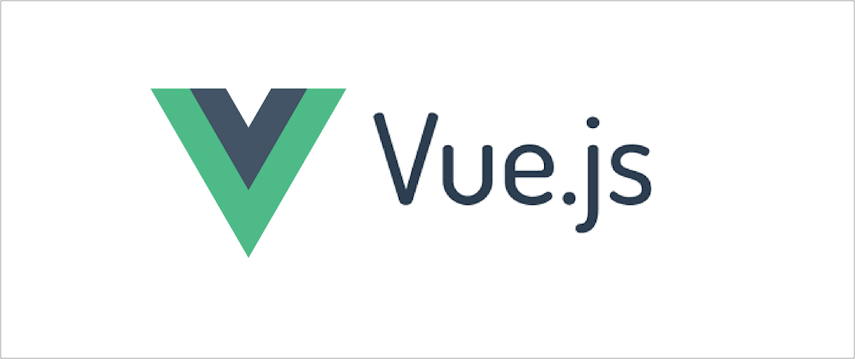
Vue.js is a popular front-end web framework that stands out due to its small size and quick download and loading times. This framework is ideal for new programmers because it works with common editors and browser plugins and requires only a working knowledge of a few primary programming languages.
Vue.js integrates with other frameworks and JavaScript applications and provides access to a large resource library. This adaptable framework allows developers to use HTML templates, CSS, and JSX. This framework stores code efficiently and reduces code writing times by using single-file components.
CodeCademy and Pluralsight and Linkedin Learning
At least 50% off from FlexSub
Better, flexible and cheaper subscriptions for a wide range of services in just a click of a button.
Get started now



